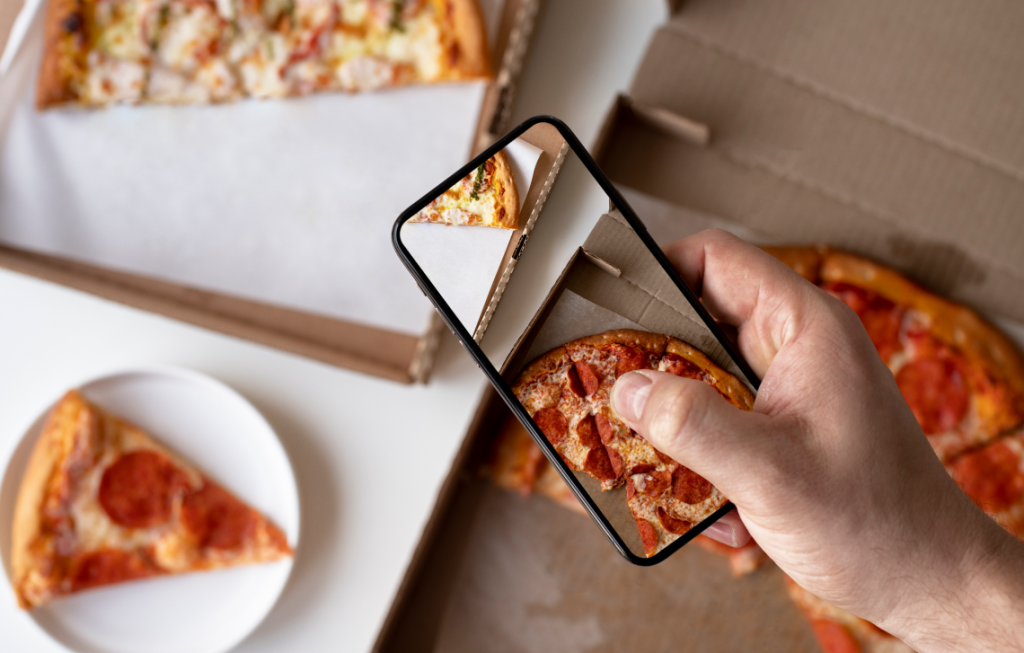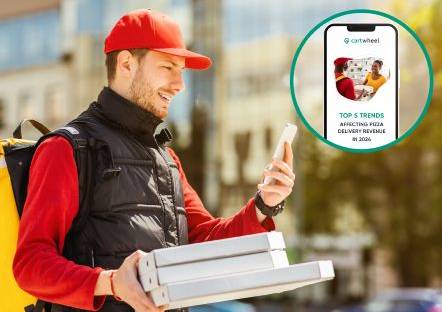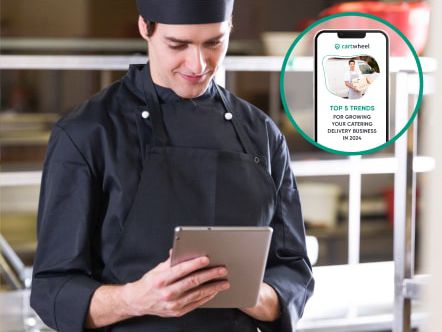
The COVID-19 pandemic has fundamentally changed the restaurant industry, causing many to shift to delivery and takeout options to stay afloat. As a result, there has been a surge in demand for delivery drivers, but unfortunately, there’s a shortage of drivers to meet this demand. Chains like Domino’s and Pizza Hut doing pizza delivery are feeling the impacts of the driver shortage, boosting wages and offering more perks to attract drivers. At the same time, large and small pizza shops need drivers to maintain order volume and competitive advantage.
In the face of this shortage is Papa John’s, where sales are holding record highs. The chain credits this boon in part to its leverage of technology to tap third-party driver networks. Conversely, Domino’s shared on an earnings call that 40 percent of its stores used call centers to manage orders and free staff to make deliveries. The unwillingness of some chains to work with third parties and apps is contributing to their sales slump.
The Driver Shortage and Its Impact on Customers
A lack of delivery drivers doesn’t just hurt the bottom line—it can also affect long-term customer loyalty. Not having enough drivers to fulfill orders can harm the customer experience, leading to frustration and potentially losing business. Customers don’t like waiting for their food to arrive, especially when it’s cold, and they can quickly turn to other options if they’re unsatisfied. Moreover, fewer delivery drivers mean overall order volume drops. Many pizza chains turn off their online ordering solutions because they can’t fulfill them, which means lost sales during peak periods.
Using Technology to Solve a People Problem
The delivery driver shortage is not an easy problem to solve, but technology solutions can help extend your options. There are several ways that restaurant owners can use technology to optimize their delivery operations, including in-house fleet optimization, smart order batching, and live driver tracking.
Route optimization guarantees drivers take the most efficient route possible to deliver in optimal order. This helps fulfill orders in a way that is most cost-effective for your business and most satisfying for your customers. Smart order batching allows restaurants to group multiple orders to reduce the time customers wait by considering the distance to the customer, estimated delivery times, and driver availability. As the term implies, live driver tracking allows you to monitor drivers along their routes in case delays or mishaps arise. Ideally, you can manage all these features in one place to oversee both on-demand and pre-scheduled orders, drivers, and routes.
These tech tools also help with driver onboarding and retention—the more streamlined their experience, the more likely they will stick with the job. Don’t forget to consider incorporating such features into your driver recruitment efforts. You can advertise these additional perks to compete for drivers within tech-savvy gig marketplaces. If you’re struggling to hire, look to solutions that help recruit pre-vetted and insured drivers on demand.
Incorporating a Hybrid Delivery Model
Another tech-enabled solution to consider is a hybrid delivery model, which lets you optimally utilize your in-house fleet while allowing you to tap into third-party driver networks. This massively turns the tables for pizza restaurants as they’re no longer at the mercy of drivers or lack thereof.
With renewed control, restaurants choose which high-priority orders or VIP customers get assigned to in-house drivers while outsourcing the rest to third-party drivers via white-label fulfillment solutions like DoorDash Drive. For the average pizza restaurant, this manual decision-making process takes 10 minutes. It doesn’t seem like a long time, but the added minutes can be all it takes for a customer to get disappointed.
Taking a hybrid delivery approach can also help pizza restaurants overcome the hurdle of driver availability during peak demand periods, such as game nights or holidays. During these times, restaurants can use their in-house drivers for high-priority orders while outsourcing the rest to third-party drivers through white-label fulfillment solutions like DoorDash Drive or Uber Eats. This approach increases delivery capacity and ensures that orders are dispatched instantly, allowing for consistent, efficient delivery.
The driver shortage is a significant challenge for pizza restaurants, but there are ways to overcome it. Pizza restaurants can optimize their delivery operations and improve customer satisfaction by leveraging technology and adopting a hybrid delivery approach. Additionally, by hiring gig workers and offering competitive pay rates and other perks, pizza restaurants can attract and retain a reliable workforce. Pizza restaurants can stay competitive in an increasingly challenging market and ensure long-term success by implementing these strategies.

